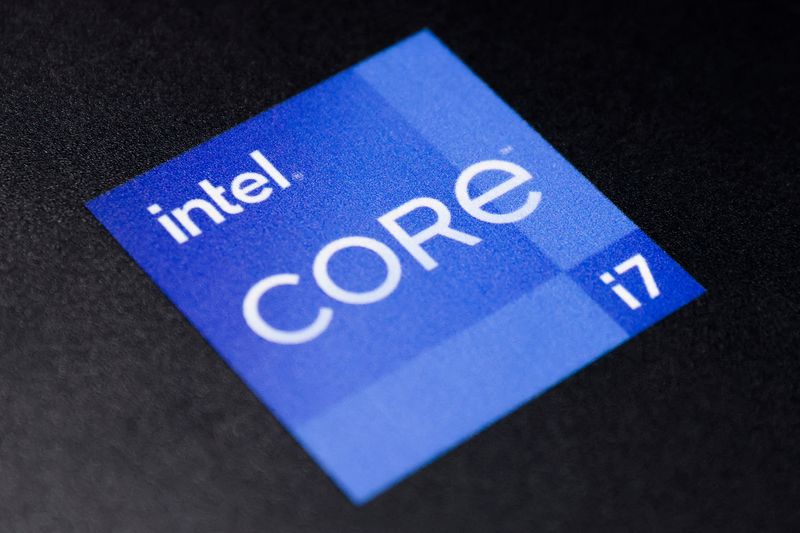This post was originally published on this site

Intel’s (NASDAQ:INTC) latest earnings report, in which it missed earnings, revenue, and guidance expectations, has pushed a number of Wall Street analysts to cut price targets on the stock.
Analysts at Northland, JPMorgan, Truist, Wells Fargo, BofA, UBS, and more cut their price targets on the stock, which is down more than 9%, following the earnings release.
Credit Suisse analysts lowered the firm’s price target on Intel to $25 from $28, maintaining a Neutral rating. They told investors in their research note that the “magnitude of the cut implied in INTC 1Q guidance was extremely weak, with revenue guidance indicating more than a 20% q/q decline and a 40% y/y decline, with weakness across all segments.”
The analysts also warned that Intel will “likely burn a significant amount of cash” in the first half of the year, and it “unfortunately opens the potential for a dividend cut.”
Meanwhile, in a note titled “when you punch yourself in the face,” Bernstein analysts cut the firm’s price target on Intel to $20 from $23. The analysts, in a scathing assessment of the earnings release, said: “We have written the phrase ‘Worst earnings report in our history of covering this company’ on more than one occasion over the last couple of years. But this time we REALLY mean it…”
“Intel’s Q4 results were weak ($14.0B/$0.10 vs Street $14.5B/$0.19) amid weaker demand and continued customer inventory flush across multiple markets. Client was weaker than expected, down ~18% sequentially and 36% YoY, well below the broader market. Datacenter, though up slightly sequentially, remains very weak and was down -33% YoY,” they stated, adding that the company’s Q1 outlook was “astonishingly bad.”
BofA analysts cut the price target on Intel to $25 from $28, reiterating an Underperform rating. The analysts also highlighted a risk to the company’s dividend, stating that cost actions do not fix the competitive macro headwinds.
Finally, at UBS, analysts said the knife continues to fall, and separating the company should help.
“Guidance was far below even the most conservative investor bogeys as channel digestion of INTC’s parts in the PC segment remains an even bigger headwind in CQ1 and volumes in its data center business continue to weaken,” said analysts, who have a Neutral rating and $29 price target on the stock.
“The good news here is that CQ1 is so bad we believe that this is the bottom,” they add. “The bad news is that INTC is still not likely high (for good reason) on most investors’ list of stocks to play a cyclical recovery.”
Nevertheless, UBS analysts said the firm likes the direction the company is headed strategically, with a separation into a fabless product company and a foundry. However, they state that the product group is still too tied to internal manufacturing success, and “in the meantime it may miss many of the big market inflections such as generative AI.”
“Net, we continue to weigh our longer-term optimism in terms of potential value creation against the time it will take for this to manifest and find other more compelling investment opportunities in the sector,” the analysts concluded.

